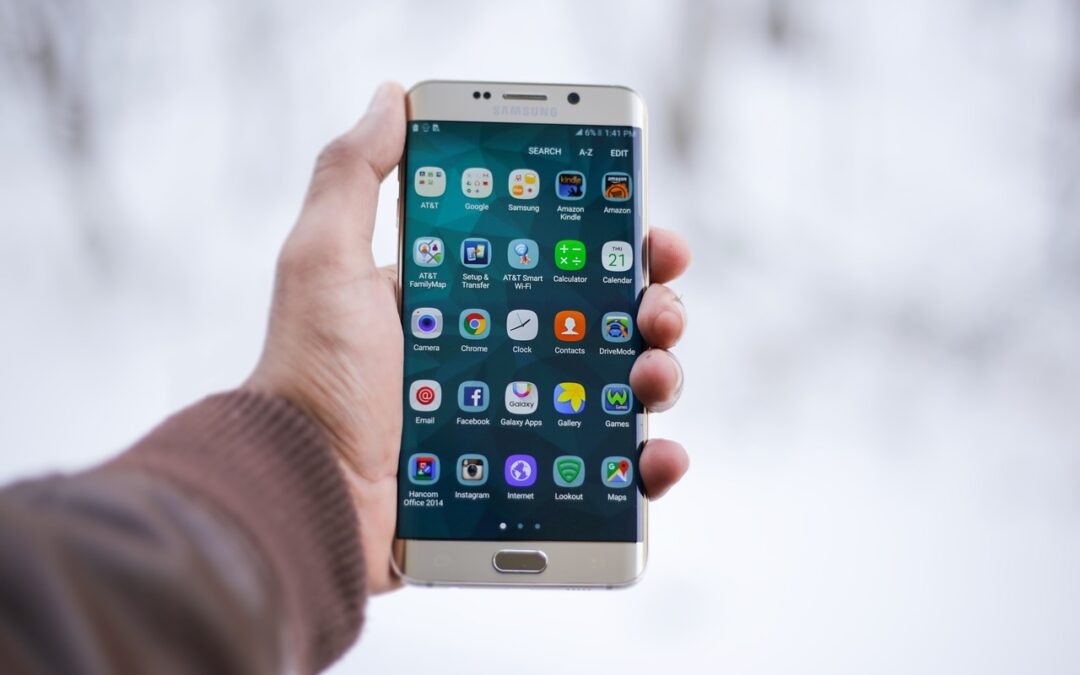The worldwide smartphone market was valued at $457.18 billion in 2021. Analysts predict a rise to $792.51 billion by 2029, the market being expected to exhibit a robust compound annual growth rate of 7.3 percent. The smartphone sector declined in 2020 compared with 2019 figures due to the impact of COVID-19. However, market leaders like Apple, Sony, Samsung, Vivo, and Oppo are constantly modernizing. New products compatible with 5G technology are expected to increase market growth considerably.
Data from Canalys Research reveals an increase in smartphone shipments across Europe in 2024, with sales anticipated to rise by 7 percent. Here are six global smartphone market trends expected to be ubiquitous in 2024.
1. A New Generation of Mobile Processors
Every year, the world’s leading smartphone manufacturers release increasingly efficient and sophisticated processors, a trend that shows no sign of abating anytime soon. Experts predict that a new processor will disrupt the smartphone ecosystem in 2024, with rumors circulating that MediaTek has big plans for a “radical departure from conventional thinking” in terms of processor design and architecture.
Currently the fourth largest semiconductor producer in the world, the Taiwanese company’s processors power midrange devices across the US and UK, including the Motorola Edge and OnePlus Nord N300. Its Dimensity 9000-series chips have been successful in China, claiming between 20 percent and 30 percent of the Android market, according to the company’s estimations.
2. Improved Camera Technology
Over the years, mobile phones have evolved from portable communications devices to tiny computers with all kinds of useful features, including increasingly advanced camera technology. In the future, we expect mobile phones to have even better computational photography technology, advanced image processing features, improved low-light performance, and higher megapixel counts.
3. Mobile Ecommerce
Mobile Ecommerce, or “Mcommerce,” has forever changed consumer shopping habits, establishing itself as the go-to shopping channel for millions of people all over the world today. With consumers increasingly dependent on digital devices, a report from Insider Intelligence predicts that mobile will become consumers’ preferred means of online shopping within five years.
With social media platforms such as Pinterest, Facebook and Twitter all introducing “buy buttons” to enable shoppers to purchase items without leaving the platform, tech-savvy marketers are harnessing the potential to boost sales by enabling consumers to purchase items quickly and easily via their smartphones.
4. Augmented Reality (AR)
Pokémon Go! is probably the most successful AR mobile application to date. The smash hit game works on a range of digital devices, including tablets and smartphones. It uses your smartphone camera to superimpose Pokémon characters onto the real-world scenery around you. Another example is Ikea Place, a digital platform that allows users to see what virtual furniture would look like in their homes.
AR can be used in a variety to create virtual classrooms for remote learning or to provide real-time instructions and information to workers in the field. Other popular AR applications include the game Minecraft Earth, which uses the players’ locations to create shared gaming experiences with other players. Google Translate uses smartphone cameras to instantly translate text from one language to another.
Whereas virtual reality typically requires headsets and other specialized hardware, AR is far more dynamic. Many AR applications are compatible with practically all digital devices. Consumers can enjoy immersive, exciting experiences without the need to invest in expensive hardware.
5. Artificial Intelligence
Artificial intelligence (AI) is being incorporated into smartphones to enhance their capabilities. Voice assistants and photography are both using AI to improve the user experience. Experts predict that future smartphones will come preloaded with a range of advanced AI features. This will transform smartphones into learning machines that in time will be able to learn for themselves without the need for manual programming.
6. Battery Technology
Battery life can make or break the user experience. While other smartphone features have advanced at lightning speed—with powerful processors, pixel-packed cameras, and higher-resolution screens—battery technology has stagnated. Most smartphone manufacturers are focusing on putting larger batteries into their handsets. Some companies are taking a different route by integrating more than one battery within a single device.
OnePlus, Huawei, and Apple have all developed handsets with dual-cell batteries. They offer enhanced flexibility by fitting in two batteries while helping to improve charging times. The OnePlus 9 features a dual-cell battery with a 4,500mAh total capacity. This is not the largest smartphone battery on the market by any means. However, because the battery is split, the phone charges from one to 100 percent in a mere 29 minutes.

